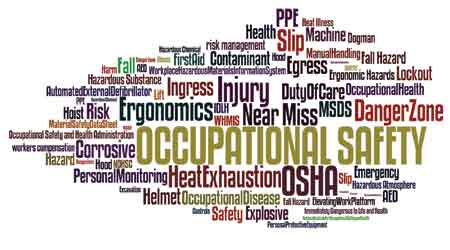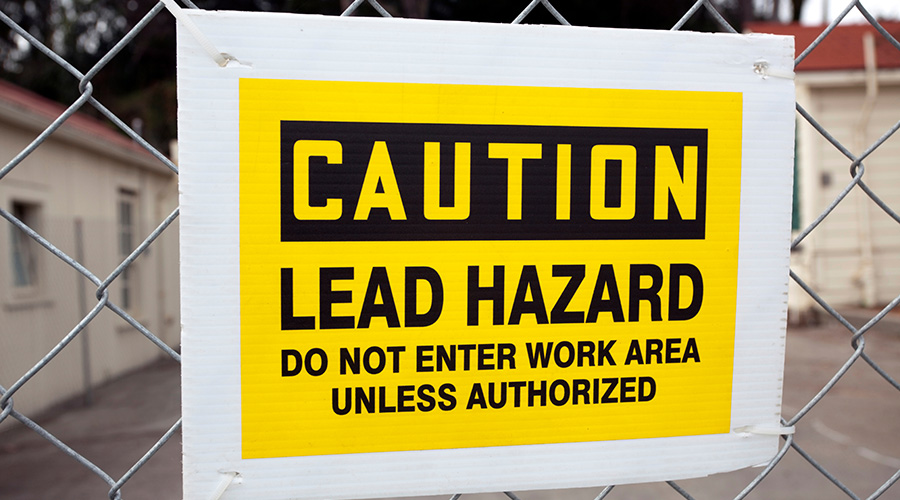OSHA Revisions to Improve Regulatory Compliance
Part three of a three-part article on OSHA updates
OSHA is revising its guidance to employers on developing a safety management system to minimize hazards and improve regulatory compliance. This new guidance will be available on OSHA’s website later in 2016. Until then, OSHA provides a checklist that covers the key steps in developing an effective safety management program.
Develop and communicate a policy. Demonstrate management commitment by instilling accountability for safety and health, obeying safety rules, and reviewing accident reports. Conduct regular safety and health meetings involving employees, managers and supervisors. Assign a responsible person to coordinate safety and health activities. Integrate safety and health into business practices — purchases, contracts, design and development, etc. Involve employees in safety and health-related activities, including self-inspections, accident investigations and developing safe practices. Recognize employees for safe and healthful work practices.
Analyze the worksite. Evaluate all workplace activities and processes for hazards. Re-evaluate workplace activities when processes, materials or machinery changes. Conduct on-site inspections, identify hazards and take corrective actions. Provide a hazard-reporting system for employees to report unsafe and unhealthful conditions. Investigate all accidents and near misses to determine their root causes.
Address hazards. Eliminate and control workplace hazards related to engineering controls, workstation design and work practices. Establish a preventive maintenance program. Keep employees informed of safety and health activities and conditions. Plan for emergencies by creating an evacuation plan, training employees and conducting fire drills. Record and analyze occupational injuries and illnesses.
Provide training. Provide training for employees, supervisors and managers on specific safe work practices before a new employee begins work. Provide additional training for new work processes, as well as when accidents and near misses occur. Provide routine refresher training.
Managers seeking to survive OSHA inspections and avoid the substantially increased penalties for non-compliance in 2016 will be best served by developing safety management systems similar to those outlined by OSHA and ANSI. They also must pay additional attention to the approaching deadline on updating written hazard communication programs. The results will be a reduction in hazards and associated workplace risks, which in turn ensures the safety of frontline technicians.
Jeffery Camplin —
mundycamp@aol.com — is president of CESI, a safety and environmental consulting firm in Rosemont, Ill. He is a certified safety professional, certified professional environmental auditor, and certified environmental safety and health trainer. He is vice president of the American Society of Safety Engineer’s Council on Practice and Standards, which is secretariat of the ANSI Z10 standard for safety.
Related Topics:














